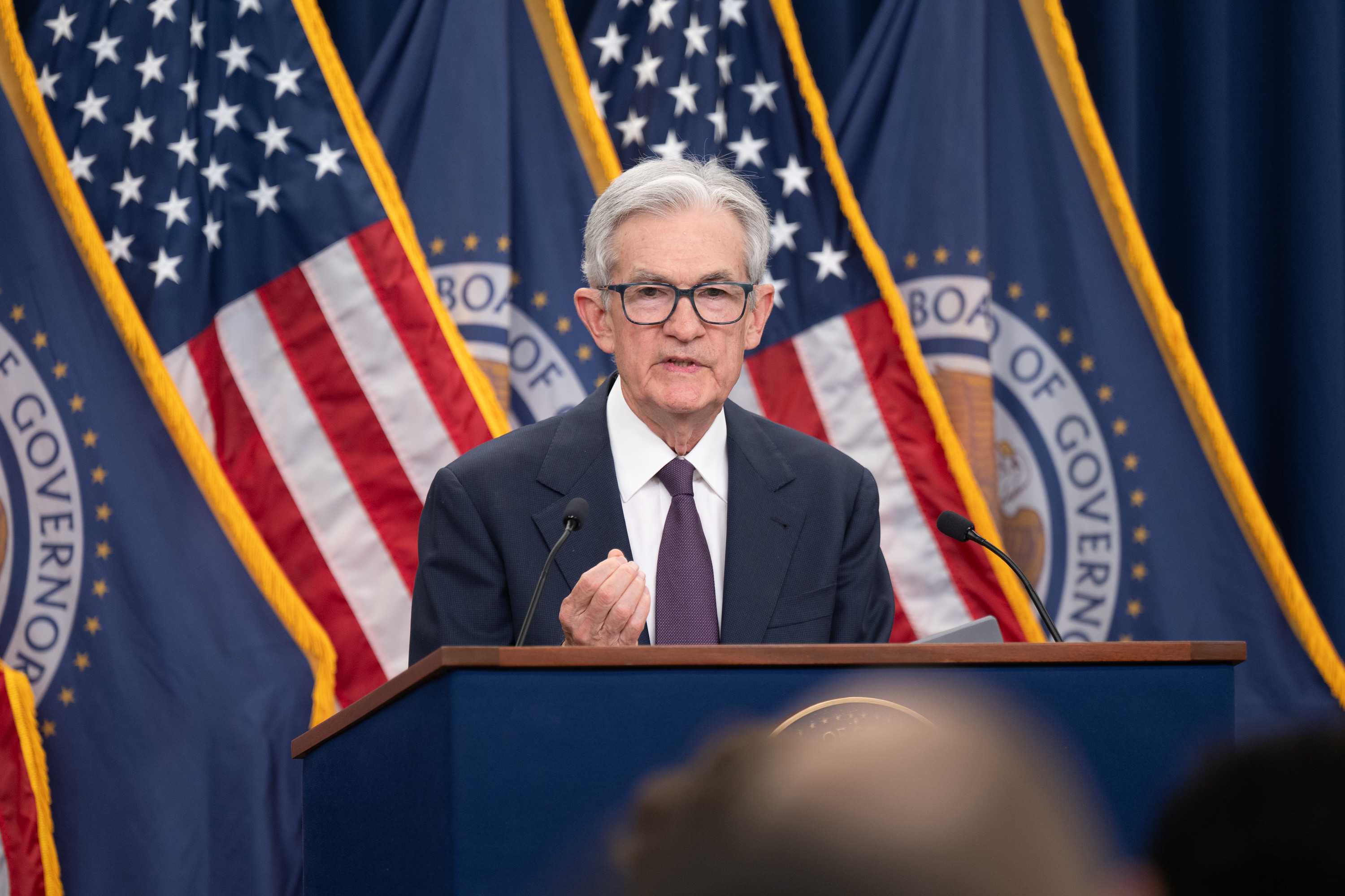The S&P 500 (^GSPC +0.32%) climbed above the 1,800 mark for the first time this week, with the index taking just over six months to go from hitting the 1,600 milestone for the first time to its latest achievement. But when you look at the companies with the biggest negative returns over that time frame, you find five names that stand out: J.C. Penney (JCP +0.00%), Abercrombie & Fitch (ANF +2.46%), D.R. Horton (DHI +1.50%), HCP (HCP +1.58%), and Broadcom (NASDAQ: BRCM). Let's take a closer look at these five stocks to figure out why they held back the S&P's advance so much.

Source: NOAA.
J.C. Penney has lost almost half its value since the S&P hit 1,600 in May, and its travails have been well documented. The retailer's earnings report last week gave some investors hope that J.C. Penney is hitting bottom, but it still has a lot of work to do to return to profitability and convince shoppers that it has learned from its mistakes in trying to eliminate its discount focus. As usual, the holiday season will bear out whether Penney is truly back or whether this is just the latest in a long series of disappointments for the former retail giant.
Abercrombie & Fitch has lost 30% in the past six months, facing its own challenges in its teen-retail niche. Reporting last week as well, A&F reported a 14% plunge in same-store sales, with Hollister and the core Abercrombie & Fitch brand both posting particularly bad comps. Even worse, company executives expect the bad comp picture to continue during the holiday quarter. Although A&F is doing its best to cut costs in order to maintain solid profits -- the company actually beat earnings estimates despite the big sales decline -- the retailer needs to get its customers to spend more if it truly wants to turn things around.
Homebuilder D.R. Horton has struggled with the rest of the homebuilder segment, falling 28% since May. Rising interest rates spooked investors into believing that the recent rise in home prices could come to an abrupt halt, but economists believe that a gut-check for the housing market might actually help sustain longer-term growth down the road. Still, peers have seen sales and orders start to slow down, and that could pose longer-term troubles for D.R. Horton if things don't turn back up soon.
HCP fell victim to the same interest rate issues as D.R. Horton, with the real-estate investment trust being extremely sensitive to rising rates and losing 27% of its value since May as a result. The long-term threat is that higher financing costs could hurt HCP's profits. But it has successfully managed to keep its dividend rising steadily over the years for nearly three decades, and depending on the impact of the Affordable Care Act, the senior-housing REIT could keep benefiting from demographic trends favoring more demand.
Down 26% in the past six months, Broadcom has been the odd company out in the mobile-chip market, with industry leader Qualcomm consistently taking the spotlight away from Broadcom's challenger status in the industry. The problem that it has faced is that although it has managed to hold its own in providing high-end products for mobile-device makers, it hasn't been as successful in serving the lower-end part of the market. Broadcom needs to prove it can stand up to its rivals in defending both parts of its market and sustain and grow its overall market share in order to succeed.
Not all of these stocks are must-sells at this point, but if you own them, they definitely deserve a closer look. Even after substantial losses, risk levels in these stocks are sky-high, and missing out on the S&P's gains suggests that you might do better with alternative investments.








